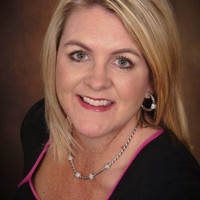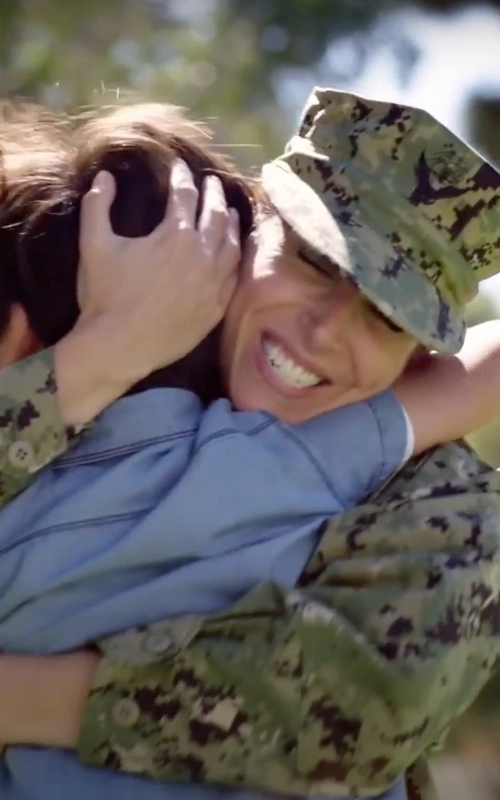Shama has the rare ability to not only provide wonderful results through her company’s marketing efforts, but does them in a way that makes everyone feel comfortable and secure in every decision. Her confidence and expert knowledge shine through in each project. I rely heavily on Shama and the Zen team to help grow our business, but she’s also helped me grow personally as a marketer. I would recommend Shama and her team to help any company grow to its full potential!































